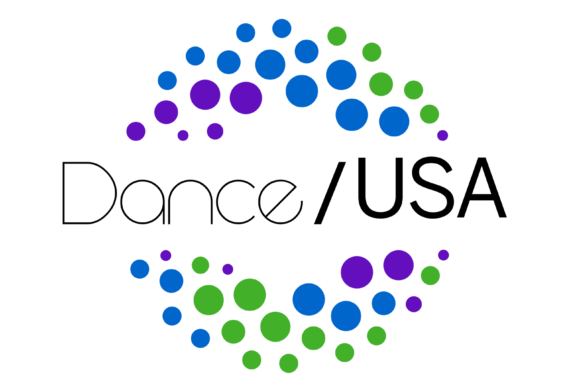Copyright and Choreography: The Good, The Bad, and The Fair
Copyright protection has been both a boon and curse: A boon, if you are
able to protect your work and receive income through license agreements;
a curse when it becomes an obstacle to getting your work seen and
studied when it needs to be. Read Elizabeth Jackson’s clear and concise explanation.
Bring Your Best Social Self to #DanceUSAconf
Plan ahead and test all of your tech. Do not wait until you land in San Francisco to try the app, test out your Twitter skills, or implement a social media management system. Here’s how.
Making a Mark: Dance and Social Justice
Increasingly, community outreach is just the tip of the iceberg for some dance companies, and artists and social justice organizations are finding mutual benefits to deeper and more prolonged partnerships. That deliberate choice of engagement, as opposed to outreach, seeks to erase some of the traditional hierarchies between dancers and community members.
Simon Sinek on Pursuing Passion, Purpose, and Challenging the Status Quo in the Non-Profit Dance Field
The reality is that great pioneers can’t do it alone. George Balanchine had Lincoln Kirstein working in the background. All of these great pioneers, all of these great visionaries, always had someone behind them building the organization while they were out challenging the conventional wisdom.
Program Notes: Are We Editing Out Our Dance Legacy and Missing a Means To Engage Audiences?
Why is it that, often, when I read choreographers’ biographies in performance program notes, I can’t find any information about their artistic evolution: who they studied or danced with, who was their mentor, or who inspired them to become a dance maker? I miss learning about dance artists’ choreographic development.
Losing Pace: Poverty and the Professional Dancer
I believe dancers are losing pace with their historic and artistic companions. The musicians’ protests last week against Paul Taylor Dance Company highlight the economic challenges facing today’s performing artists in New York City. Larger questions about wages, work, union representation, and economic resources for all of these artists must be answered — but especially for the dancers.
Safe House: Dancing in the Ivory Tower, Part 2
It’s been said that the university ranks as one of the chief supporters of the arts in the United States. With the migration of more and more working choreographers into university environments, it’s clear that artists are able to continue to create both inside and outside of these institutions. While the halls of academia offer some distinct advantages, most particularly to oft-itinerant and nearly always-struggling dance artists, other challenges and demands can sap their time and energy in their new environment.
Safe House: Dancing in the Ivory Tower, Part 1
It’s been said that the university ranks as one of the chief supporters of the arts in the United States. With the migration of more and more working choreographers into university environments, it’s clear that artists are able to continue to create both inside and outside of these institutions. While the halls of academia offer some distinct advantages, most particularly to oft-itinerant and nearly always-struggling dance artists, other challenges and demands can sap their time and energy in their new environment.
Coming to Washington Next Week? Here Are Some Tips
If you wish to conduct legislative visits in Washington, D.C., outside of Arts Advocacy Day, Dance/USA’s Government Affairs Department will schedule your meetings, prepare you with talking points and leave-behind materials, and accompany you during the meetings.



Small Strokes of Listening: A Few Reflections on Diversity from the Dance/USA 2012 Annual Conference
The unfortunate effect was the discussion had been silenced by a dance…. It was clear that
everyone in the room wanted more space and time for the discussion….
And so I was left
wondering again: How and when do we listen to each other as a dance
field? How can we create spaces that make room both for dancing and for
discussing?